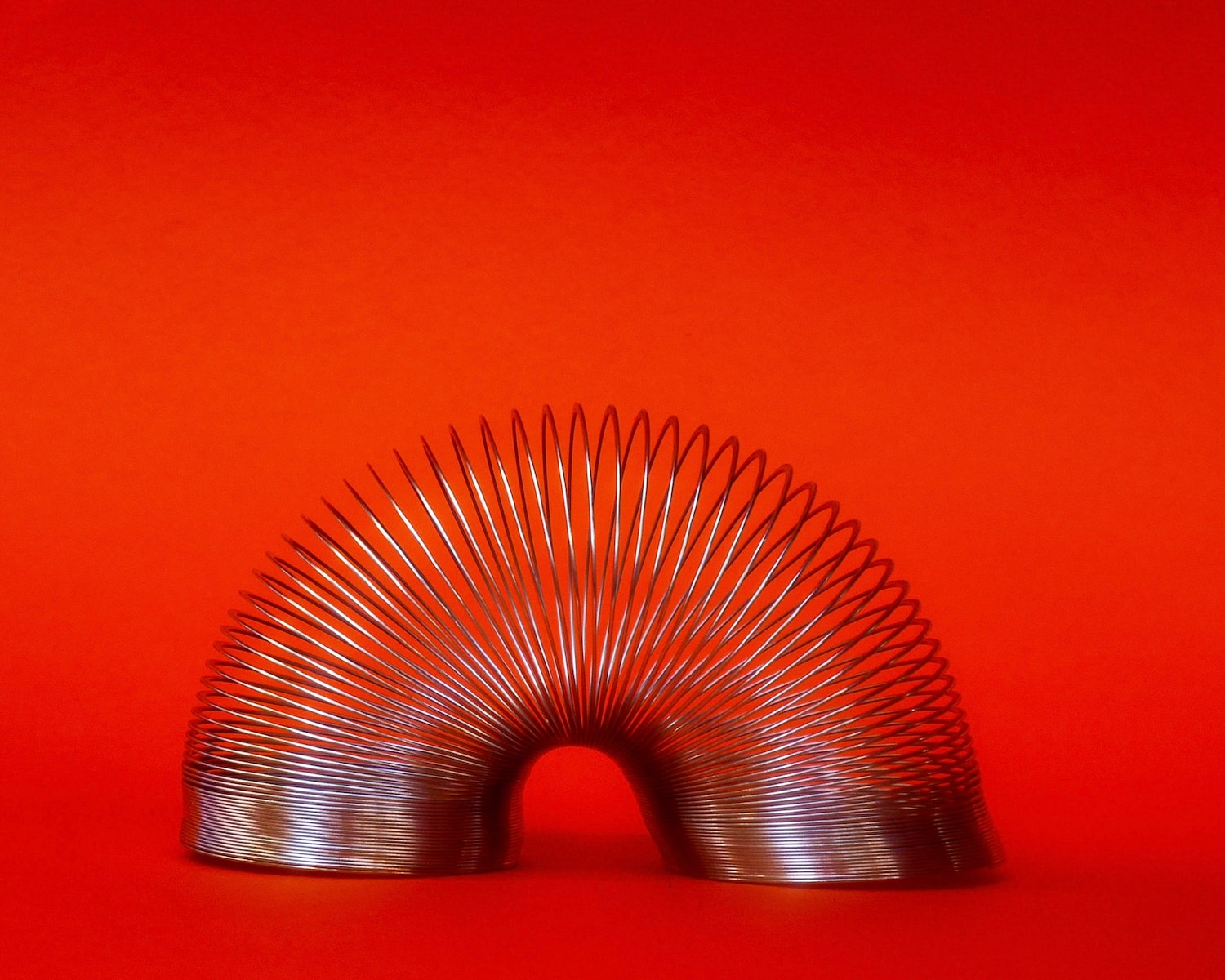The Forgotten Heroes of Refrigeration
Ah, the trusty refrigerator – the unsung hero of every kitchen. From keeping our food fresh and our beverages chilled to providing us with ice on demand, this marvelous appliance plays a vital role in our daily lives.
But have you ever stopped to think about what keeps this cool contraption running smoothly? It’s time we shine a light on the often-neglected components that make it all possible – the refrigerator coils.
The Importance of Regular Maintenance
Much like any other machinery, your refrigerator requires regular tender loving care to perform at its best. Neglecting maintenance tasks can lead to a multitude of problems and even put your beloved fridge in an early retirement. One essential aspect that should never be overlooked is cleaning those elusive coils.
You might be wondering why something as seemingly insignificant as coils could have such a significant impact on your refrigerator’s performance. Well, my friend, let me enlighten you.
The coils are responsible for transferring heat from inside the fridge to the outside environment, allowing it to maintain its chill and keep your perishables fresh. However, over time, these coils become magnets for dust, pet hair, and all sorts of debris that float around in the air (yes, even those tiny particles you can’t see).
Understanding Refrigerator Coils
Types of Coils: Condenser and Evaporator
When it comes to understanding refrigerator coils, it’s essential to know that there are two main types: condenser coils and evaporator coils. These coils play distinct roles in the cooling process of your refrigerator. Condenser coils are typically located at the back of the fridge or sometimes underneath it.
They are responsible for releasing heat from inside the fridge to the surrounding air. The condenser coils work hand in hand with a fan, pushing air across them to cool down the refrigerant inside.
This cooling process allows your fridge to maintain its desired temperature. On the other hand, evaporator coils can be found inside your refrigerator, usually hidden behind a panel or cover.
These coils play an integral role in absorbing heat from the food items stored in your fridge, maintaining a cool temperature within. As refrigerant flows through these evaporator coils, it evaporates and absorbs heat from its surroundings, effectively cooling down the interior of your refrigerator.
Location and Accessibility of Coils in Different Refrigerator Models
The location and accessibility of refrigerator coils may vary depending on the make and model you own. Each manufacturer has its own design specifications for coil placement.
However, there are some common locations you should be familiar with. For most traditional fridges with condenser coils located at the back, accessing them is relatively straightforward.
You can easily spot these large metal coils once you remove any protective coverings or panels present at the rear end of your refrigerator. In newer models where space optimization is prioritized, manufacturers tend to place condenser coils either at the bottom or even on top of fridges as part of their innovative designs.
If you cannot locate them behind or underneath your fridge, check if they are concealed within compartments accessible through removable panels. As for evaporator coils, they are usually concealed behind the rear panel inside the fridge, making them a bit trickier to access.
You may need to unscrew or unclip the panel to reveal these coils. Some refrigerators feature quick-release mechanisms that allow easier removal of panels for maintenance purposes.
Understanding the types and locations of these coils will provide you with a solid foundation for effectively maintaining and cleaning them. So, let’s move on to the next section and explore the tools and materials needed for this task!
Tools and Materials Needed
Coil brush or vacuum cleaner with brush attachment
When it comes to cleaning refrigerator coils, having the right tools is essential. One of the most useful tools is a coil brush or a vacuum cleaner with a brush attachment. The coil brush is specifically designed to reach into tight spaces and effectively remove dust and debris from the coils.
Its long bristles can easily navigate through the fins of both condenser and evaporator coils. On the other hand, if you opt for using a vacuum cleaner with a brush attachment, make sure it has soft bristles to prevent any damage to the delicate coils.
Soft cloth or sponge
To supplement your coil cleaning efforts, having a soft cloth or sponge is highly recommended. These gentle cleaning materials will come in handy when dealing with stubborn dirt or grime that may have accumulated on the coils over time.
Dampen the cloth or sponge slightly with water (or mild detergent, if needed) and delicately wipe away any residue from the surface of the coils. Be cautious not to apply excessive pressure as it could potentially bend or damage the delicate fins.
Mild detergent or coil cleaning solution (optional)
In some cases where there are stubborn stains or sticky residues on your refrigerator coils, employing a mild detergent or specialized coil cleaning solution can be beneficial. However, it’s important to note that these cleaning agents should only be used as a last resort since they can potentially contain harsh chemicals that may harm your appliance if not used properly. Always follow manufacturer instructions for any commercial coil cleaners you choose to use.
Safety gloves and goggles (if using coil cleaning solution)
While undertaking any maintenance tasks involving chemicals, it’s crucial to prioritize safety precautions for yourself as well as your appliance. If you decide to utilize a coil cleaning solution containing strong chemicals, ensure that you protect your hands by wearing safety gloves.
Additionally, wearing goggles will safeguard your eyes from any potential splashes or fumes that may arise during the cleaning process. Remember, it’s always better to be safe than sorry when dealing with potentially hazardous substances.
Preparing for Cleaning
Unplug the refrigerator to ensure safety
Before you embark on your mission to clean those coils, it is crucial to prioritize safety. The last thing you want is a shocking surprise while trying to spruce up your refrigerator! So, locate the power cord and gently unplug it from its socket.
This simple step will eliminate any risk of electrical accidents and allow you to focus on giving those coils a thorough cleansing. Imagine the peace of mind that comes with knowing you have taken all precautions necessary.
By unplugging your refrigerator, you are protecting yourself from potential harm and putting safety first. Now that the electrical connection has been severed, you can dive headfirst into tackling those grubby coils without any worries lingering in your mind.
Remove any items blocking access to the coils
Now that the coast is clear in terms of electricity, it’s time to create a clear path for cleaning by removing any obstructions that may hinder access to the coils. Take a moment to assess the area around your trusty fridge – perhaps there are items such as storage boxes or stray vegetables precariously perched nearby?
It’s time for them to find a new temporary home! By clearing away these items, you will not only make it easier for yourself but also ensure that no unwanted debris falls onto freshly cleaned coils after all your hard work.
Trust me; this step will save you from frustration down the line. So, roll up those sleeves and relocate anything in close proximity that might impede your ability to reach all corners of those coils.
Remember, proper preparation sets the stage for success when it comes to cleaning refrigerator coils. By taking these precautionary steps—unplugging and decluttering—you’re ensuring both your safety and optimizing your chances of achieving squeaky-clean results!
Cleaning the Coils – Condenser Coils (Back of the Fridge)
Gently brush away dust and debris from the coils in an up-and-down motion.
When it comes to cleaning those pesky condenser coils at the back of your refrigerator, a trusty coil brush is your best friend. This simple yet effective tool allows you to whisk away accumulated dust and debris with ease.
Start by unplugging your fridge for safety purposes, then locate the coils at the back of the appliance. They are usually situated near the bottom or behind a removable panel.
Once you’ve gained access to those coils, take your coil brush in hand and gently sweep it across them using an up-and-down motion. The bristles of the brush will work their magic, dislodging any dirt or grime that has settled on these vital components.
Don’t be too aggressive though – these coils are delicate! A soft touch is all that’s required to get them shiny and clean once again.
Pay extra attention to areas with heavy buildup.
While brushing away at those coils, be sure to pay special attention to areas where dirt has accumulated heavily over time. These trouble spots can occur due to factors like pet hair, grease, or if your fridge happens to reside in a dusty environment.
These concentrated buildup spots can hinder the cooling efficiency of your appliance, so it’s crucial not to overlook them during your cleaning routine. To tackle these stubborn pockets of dirt, apply a bit more pressure with your coil brush as you sweep through them.
Take care not to apply excessive force that could damage the fins on the condenser coils; just enough pressure should do the trick. By giving extra attention to these problem areas during cleaning, you’ll ensure optimal performance from your refrigerator while prolonging its lifespan.
Use a vacuum cleaner with a brush attachment to remove loosened dirt.
After brushing off the coils to loosen the dirt, it’s time to give them a thorough cleaning. This is where a vacuum cleaner with a brush attachment comes into play. Attach the brush accessory firmly to your vacuum and gently run it over the coils, sucking up all the loosened dirt and debris.
The brush attachment helps dislodge any stubborn particles still clinging onto the coils while ensuring that they are safely sucked away by the vacuum cleaner. Work your way across each coil, using short and controlled strokes to cover every inch of surface area.
Be patient and methodical – don’t rush through this process, as it’s crucial for achieving optimal results. Remember, clean coils are happy coils – they ensure your refrigerator runs efficiently and keeps your food fresh for longer.
So take some time every few months to clean those condenser coils at the back of your fridge using a coil brush and a trusty vacuum cleaner with a brush attachment. Your fridge will thank you with reliable performance and energy savings!
Cleaning the Coils – Evaporator Coils (Inside the Fridge)
Gaining access:
Cleaning the evaporator coils can be a bit trickier as they are located inside the refrigerator. To gain access to these coils, you will need to remove the back panel or cover of your fridge.
Before starting, make sure you unplug the refrigerator from the power source for safety purposes. The back panel is usually held in place by screws or clips, so grab your screwdriver or pry gently with your fingers to remove them.
Take note of any components attached to the panel and detach them carefully. Once you have successfully removed the back panel, you will find yourself face-to-face with the evaporator coils.
These coils are often concealed behind a layer of ice or frost, especially if you haven’t cleaned them in a while. Don’t worry!
This is normal, and part of our cleaning process will involve defrosting these coils. Prepare a shallow pan or towel to catch any water that may melt during cleaning.
Conclusion
Congratulations! You have now learned how to clean both condenser and evaporator coils of your refrigerator like a pro! Regularly maintaining these vital components will significantly improve your fridge’s performance and lifespan while also saving energy costs in the long run.
Remember that it’s essential to clean the coils at least twice a year, but depending on factors like pet hair, kitchen dust, and other environmental conditions, more frequent cleaning may be necessary. By following these steps diligently and incorporating coil cleaning into your routine maintenance tasks, you are ensuring that your refrigerator operates efficiently and keeps your food fresh for longer periods.
Now it’s time to take action and give those neglected coils some love! Grab your tools, stay committed to cleanliness, and enjoy longer-lasting refrigeration while reducing energy consumption—because when it comes down to keeping things cool, a clean refrigerator is undoubtedly the coolest!


